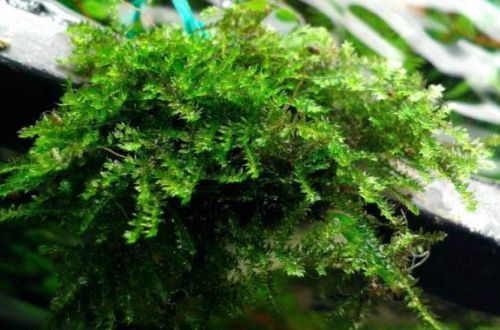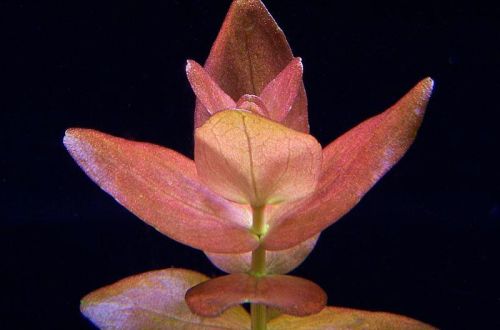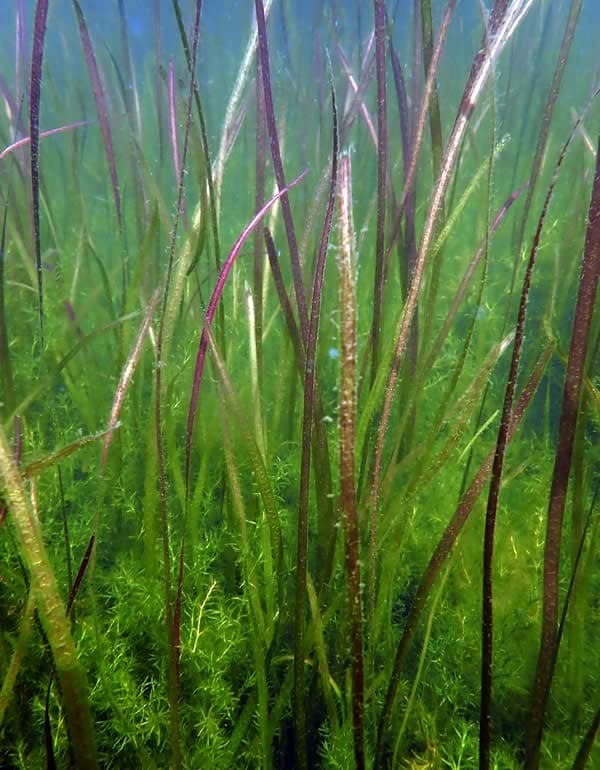
Vallisneria americana
American Vallisneria, scientific name Vallisneria americana. The plant grows in most of North America (USA and Canada) in clear flowing reservoirs in shallow water and lakes.

It was first discovered and described in 1803. In 1982, a number of researchers included in Vallisneria americana several different Vallisneria from Asia and Australia, which had previously been considered separate species. Since then, Vallisneria americana has become the collective name for a large number of very different species of the genus Vallisneria, often dissimilar to each other. For example, the small Vallisneria nana and the larger Vallisneria giant.
In 2008, an international team of scientists made the first attempt to systematize the species of the genus Vallisneria based on molecular analysis. The results are published in the book Systematics of Vallisneria (Hydrocharitaceae).
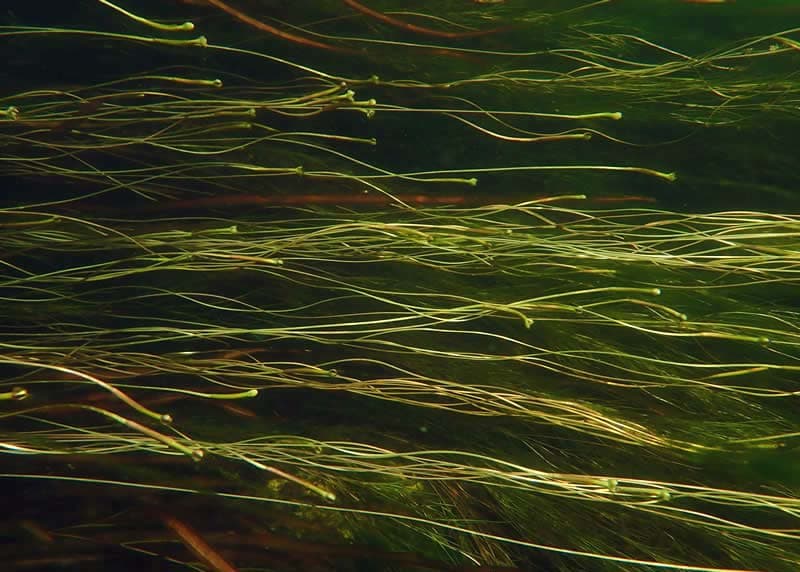
According to the study, most of the species previously included in Vallisneria americana in 1982 have again acquired the status of independent species or have been merged with others. It also appears that true Vallisneria americana is virtually non-existent in home aquaria outside of North America and is not available from most aquarium plant suppliers.
However, the research results are not fully recognized by the scientific community. For example, Neotropical Vallisneria is bred into an independent species according to the Systematics of Vallisneria (Hydrocharitaceae), but according to the Catalog of Life, the name is synonymous with American Vallisneria.
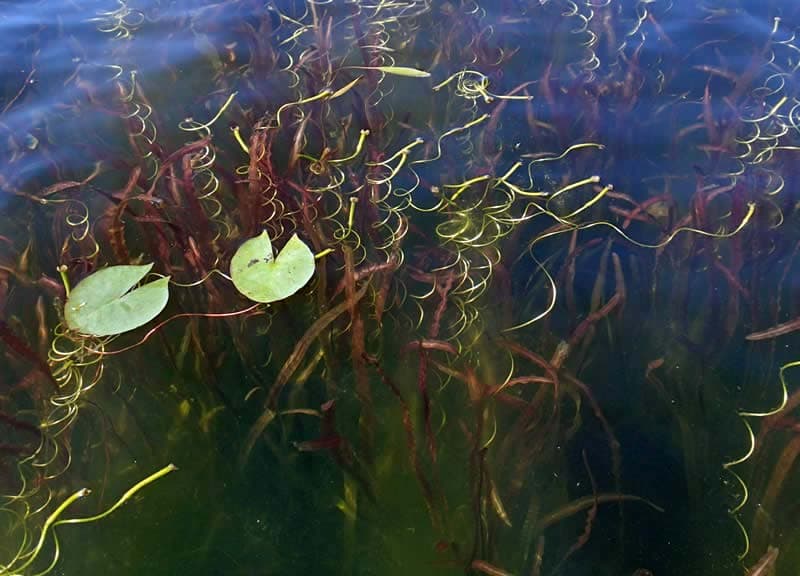
From the point of view of an ordinary aquarist, such scientific disputes are not significant, since, regardless of the species, Vallisneria have approximately the same appearance and almost identical requirements for caring for them.
American Vallisneria has long leaves resembling ribbons, from 10 cm to 3 meters long and 3 to 15 mm wide. The tips are rounded or pointed, the edges may be serrated. Depending on the geographical form, the leaves can be even or wavy.
The color of the leaves varies from green to reddish. Light veins run along the center of the leaf – these are rows of large hollow cells known as a strip of lacunae. It is by the presence of a strip of lacunae that a number of scientists distinguish American Vallisneria from Neotropical.

The plant reproduces by lateral shoots (vegetatively), as well as with the help of flowers that form on long stems-peduncles. When the flowers fade, the stem coils into a spiral, submerging the fertilized seeds underwater.
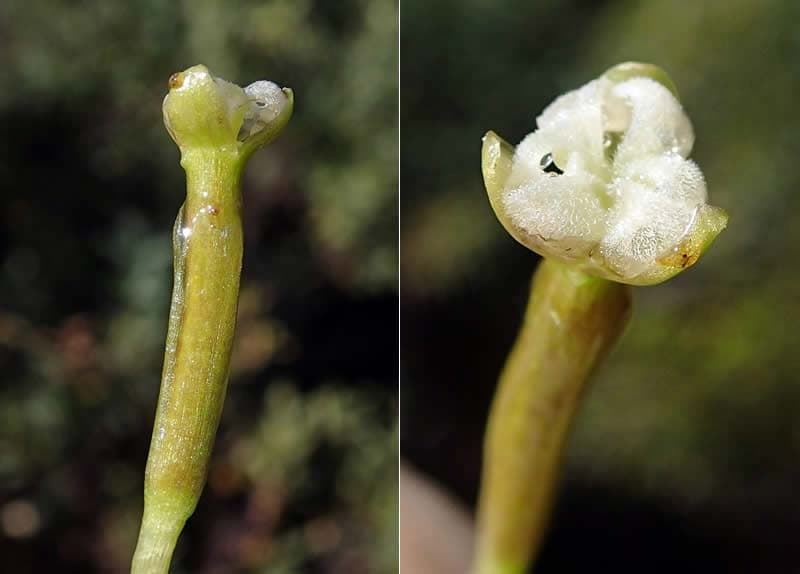
Like most members of the genus, it is considered easy to keep. Perfectly adapted to growing in cool water, successfully adapting to a wide range of pH and GH values.
Basic information:
- Difficulty of growing – simple
- Growth rates are high
- Temperature — 10–30°С
- Value pH — 5.0–8.0
- Water hardness – 2–21°dGH
- Light level – medium or high
- Use in an aquarium – in the background
- Suitability for a small aquarium – no
- spawning plant – no
- Able to grow on snags, stones – no
- Able to grow among herbivorous fish – no
- Suitable for paludariums – no



